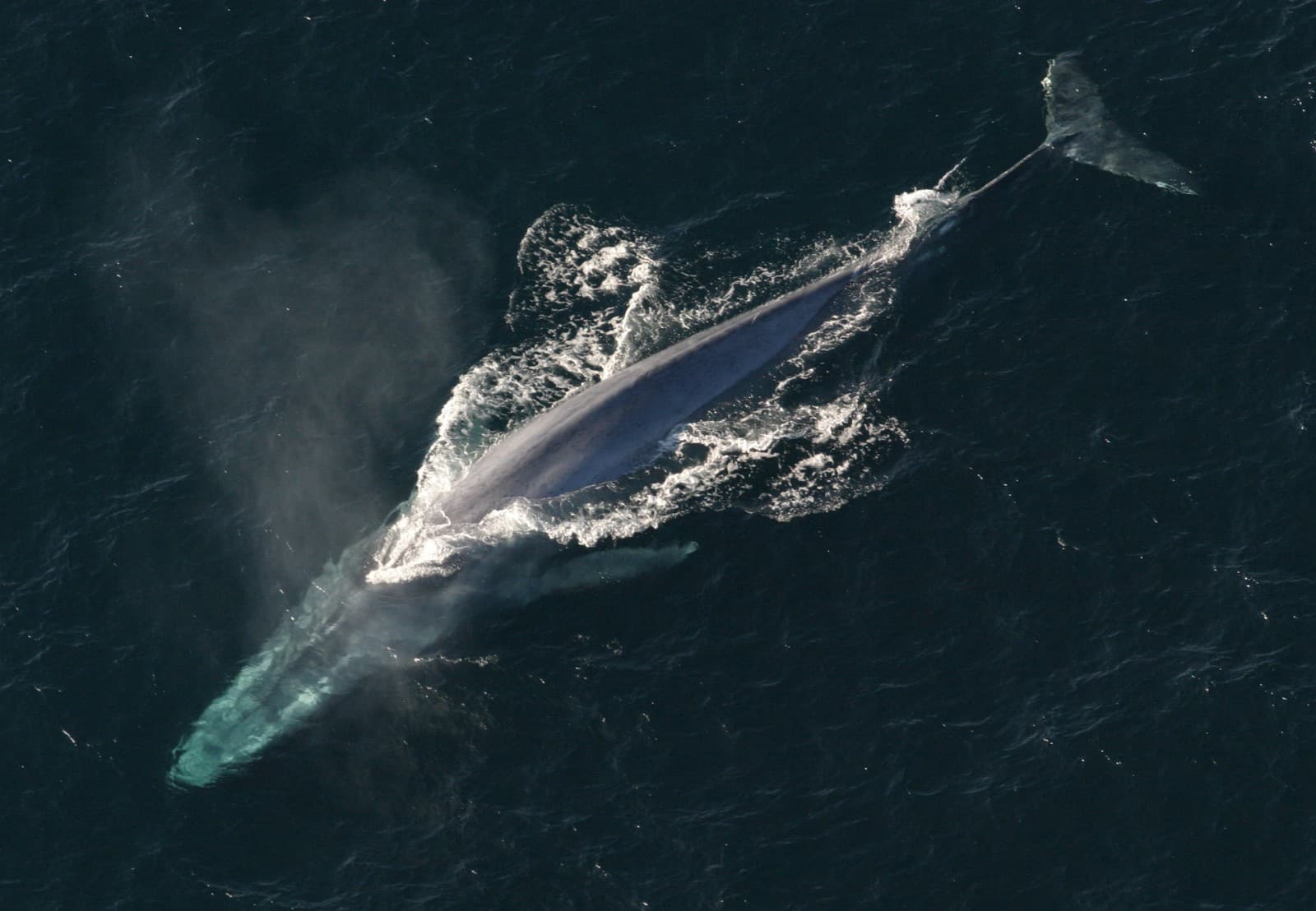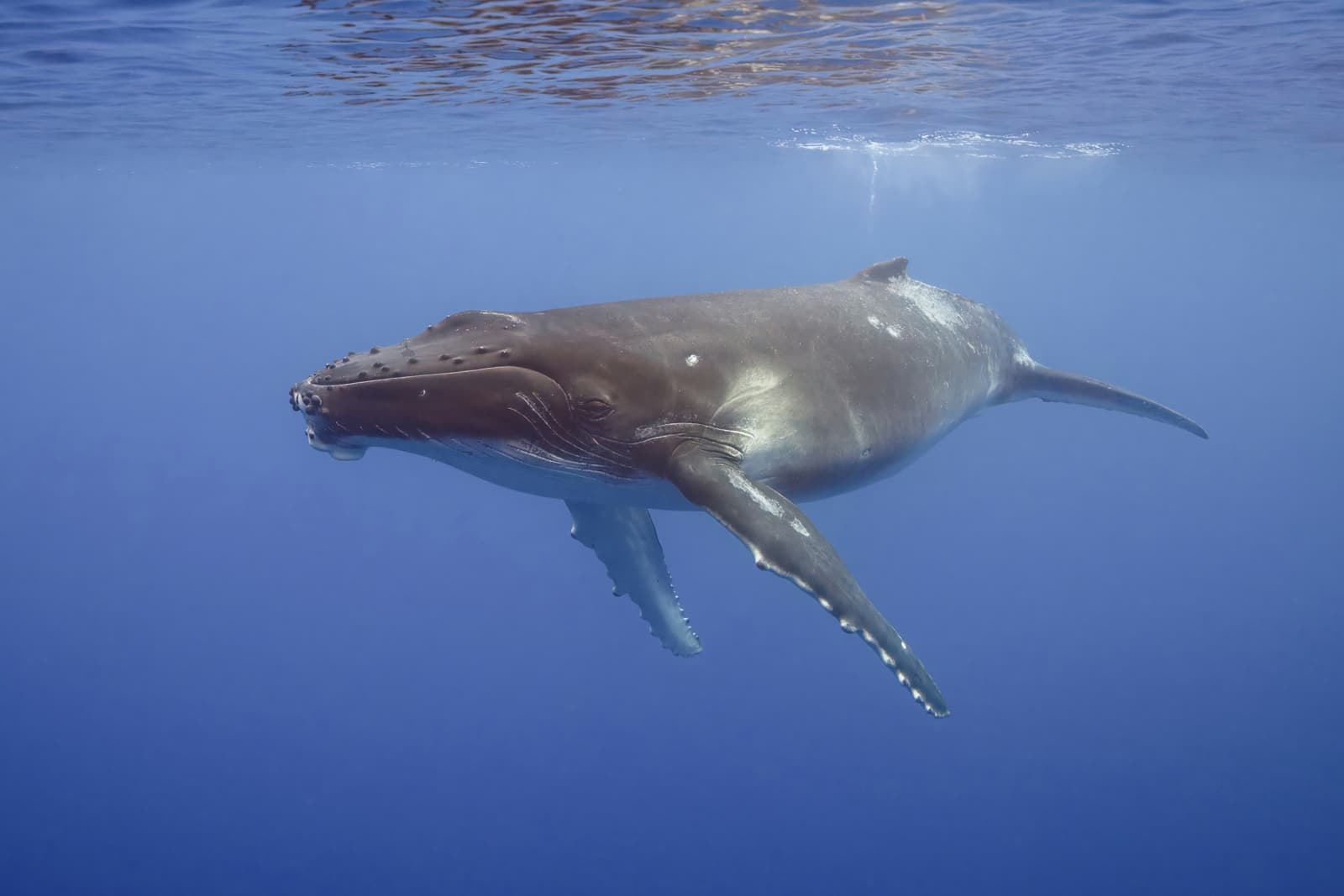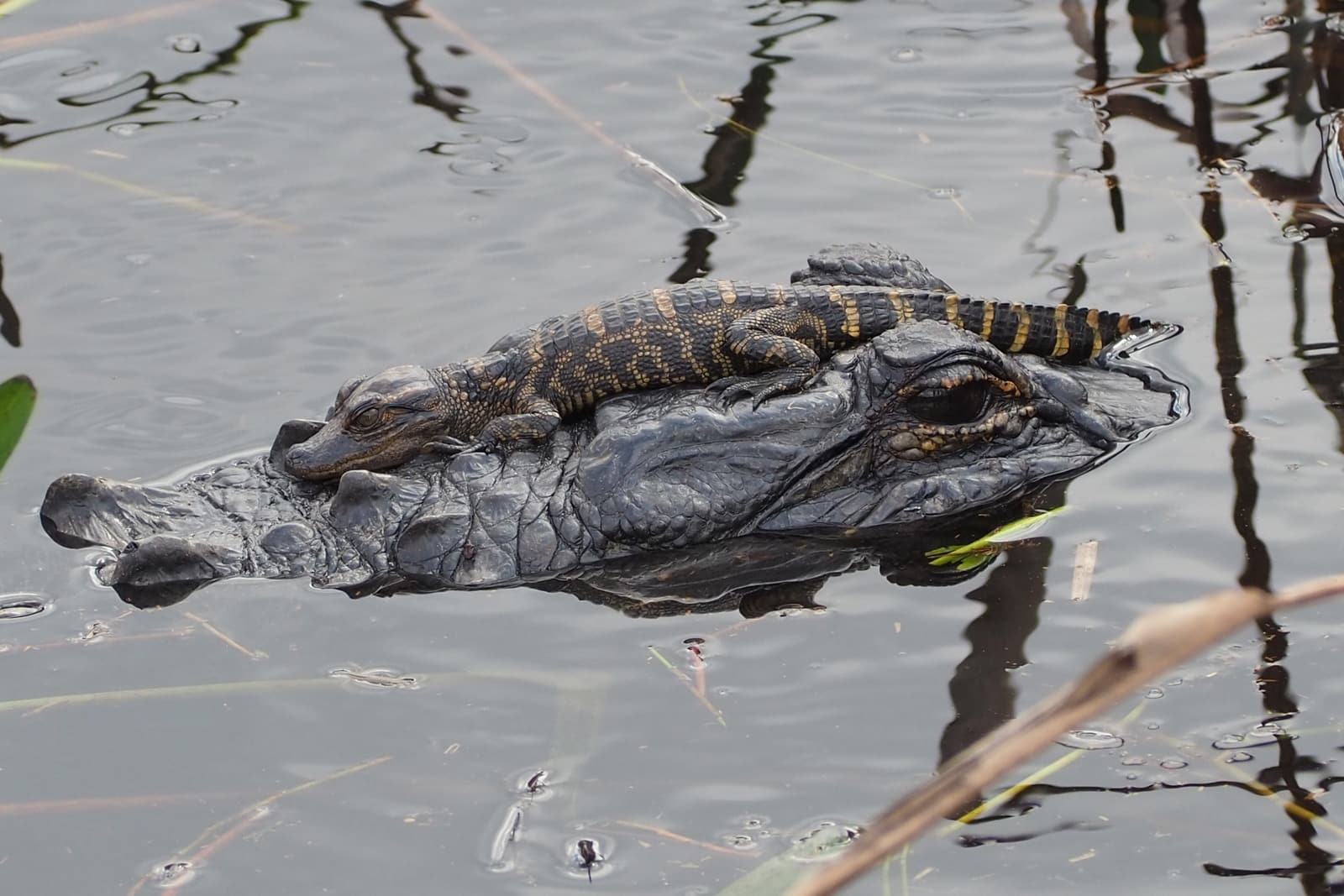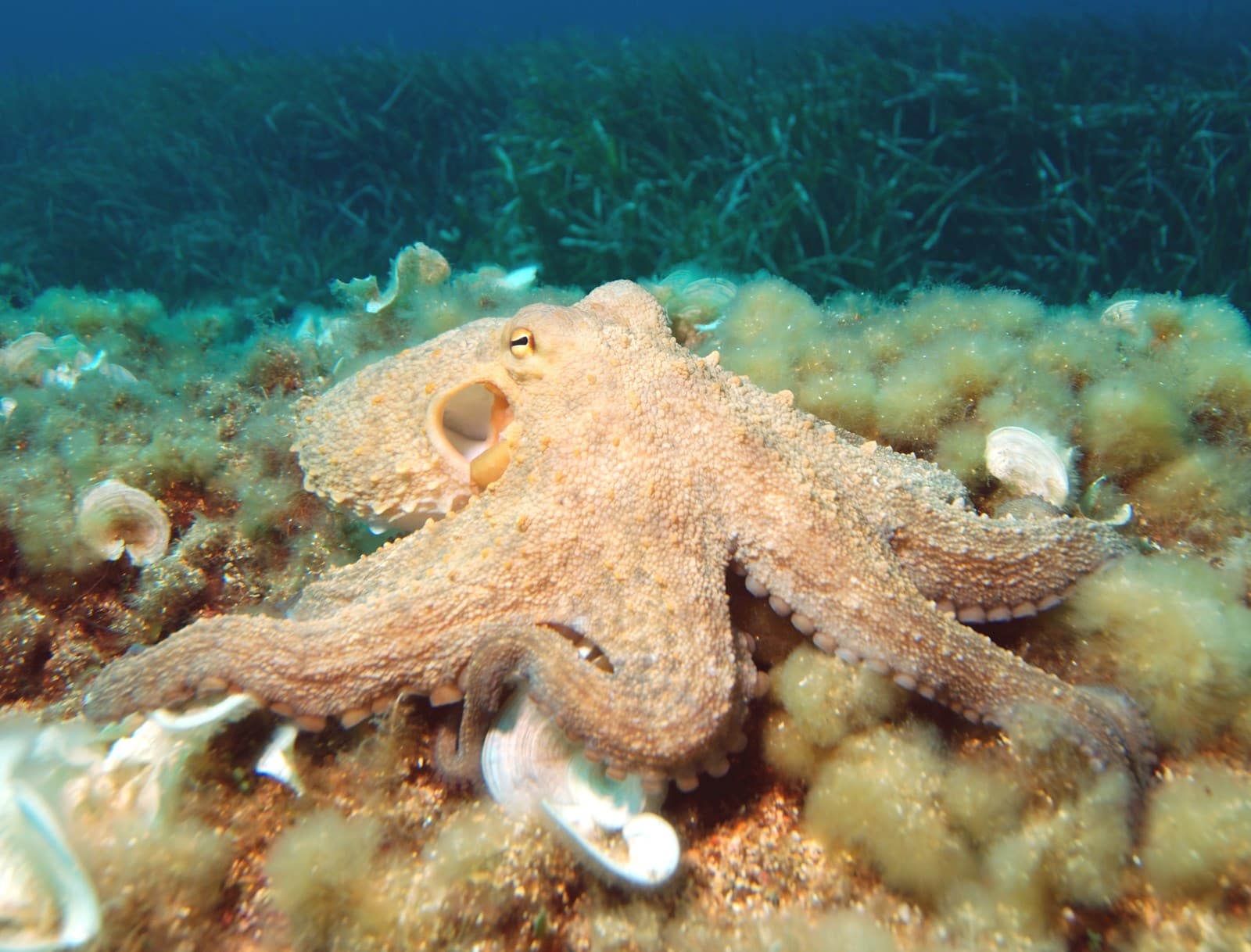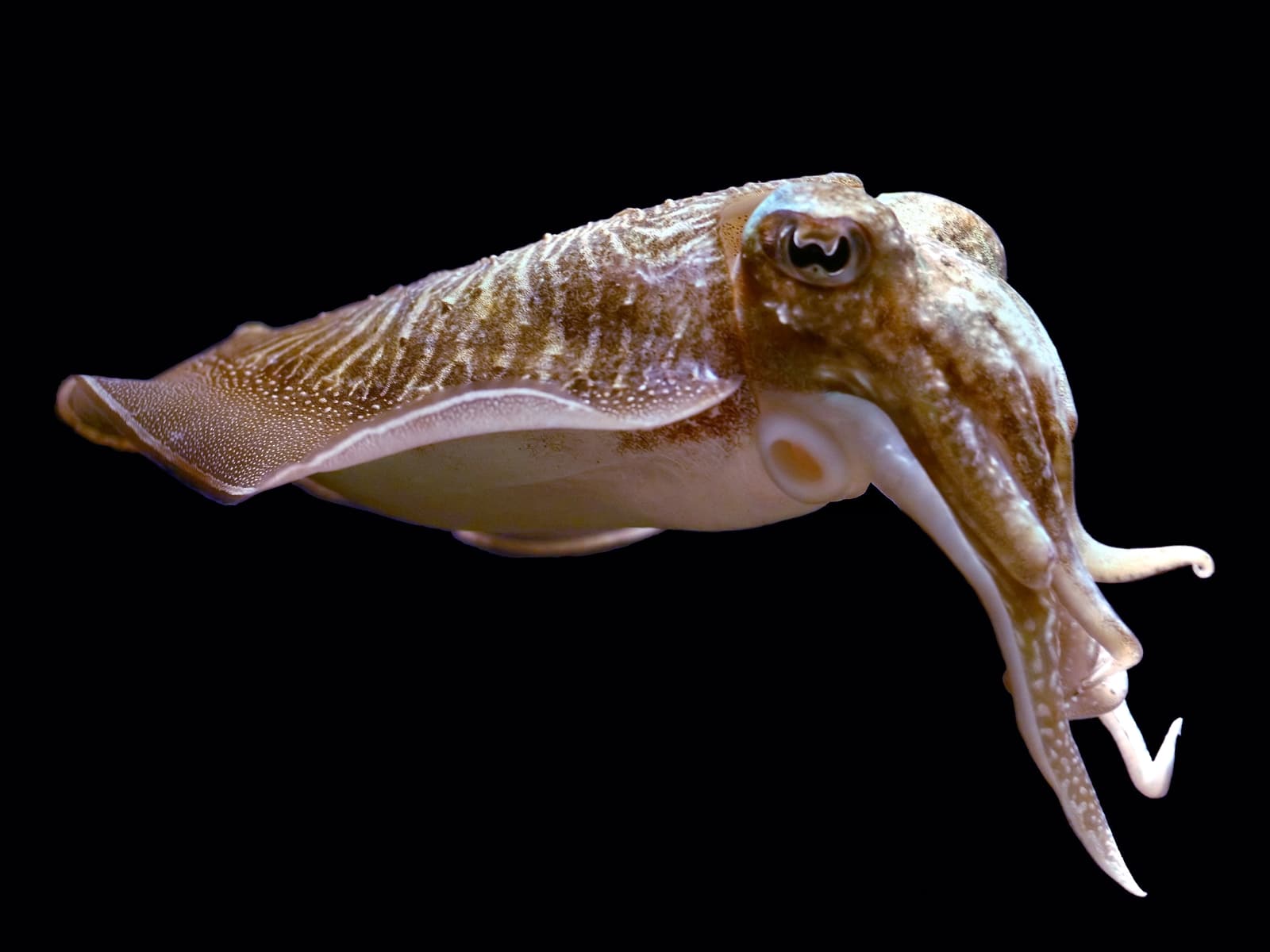Humpback Whale vs Gray Whale: A Complete Comparison
When comparing Humpback Whale vs Gray Whale species, several distinct characteristics set these magnificent marine mammals apart. Humpback whales typically reach lengths of 52 feet (16 meters) and weigh up to 40 tons, while Gray whales grow slightly smaller, averaging 45 feet (14 meters) and 35 tons. Beyond size, these cetaceans differ significantly in their feeding behaviors, migration patterns, and physical appearances.
The most noticeable distinction between these species lies in their external features and feeding strategies. Humpbacks are known for their distinctive long pectoral fins and complex feeding behaviors, including bubble-net feeding, while Gray whales are bottom feeders who strain sediment through their baleen plates for small crustaceans.
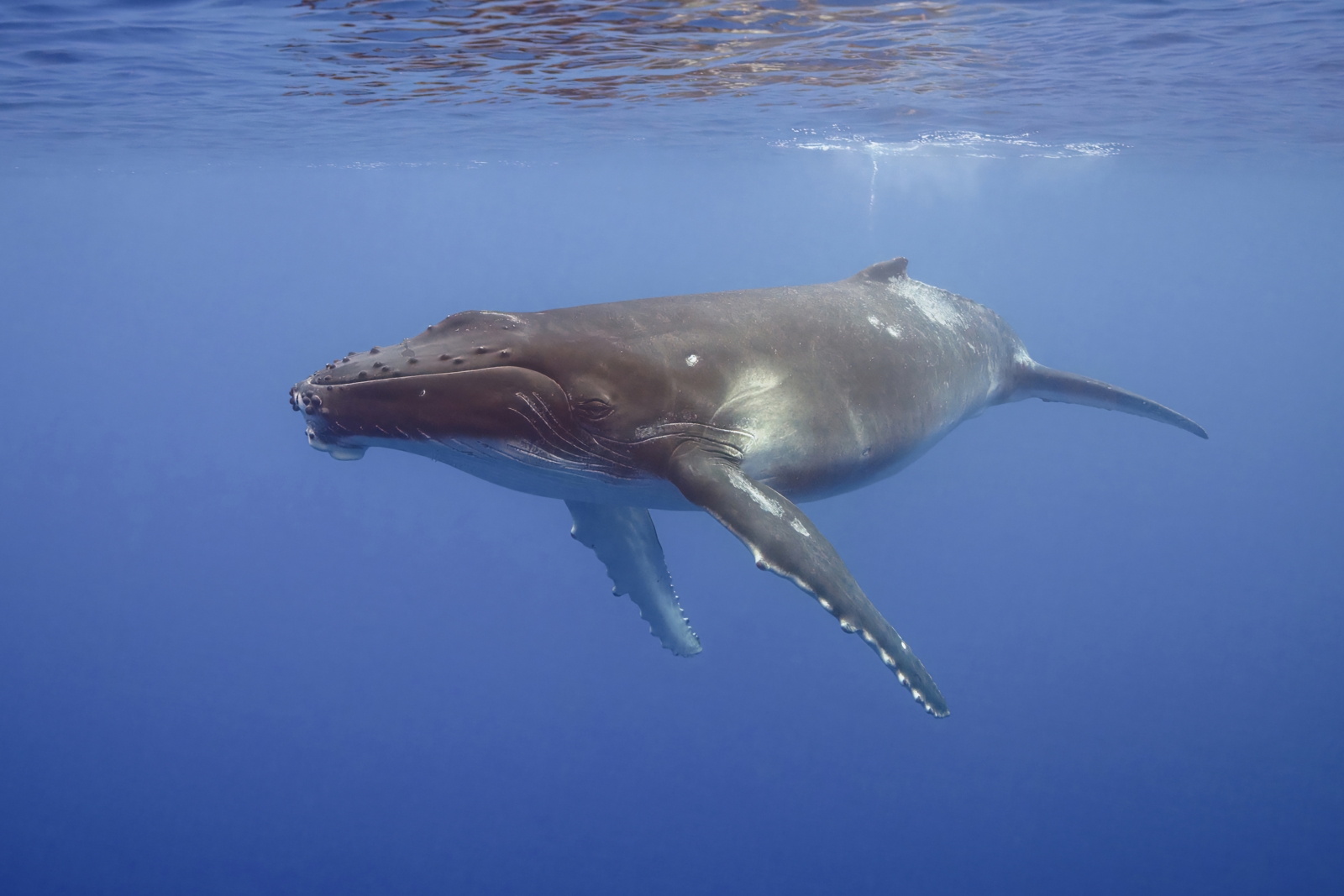
The Humpback whale’s distinctive features include their long pectoral fins and tubercles (knobs) on their head, making them easily identifiable among whale species. Their acrobatic displays and complex songs have made them favorites among whale watchers worldwide.
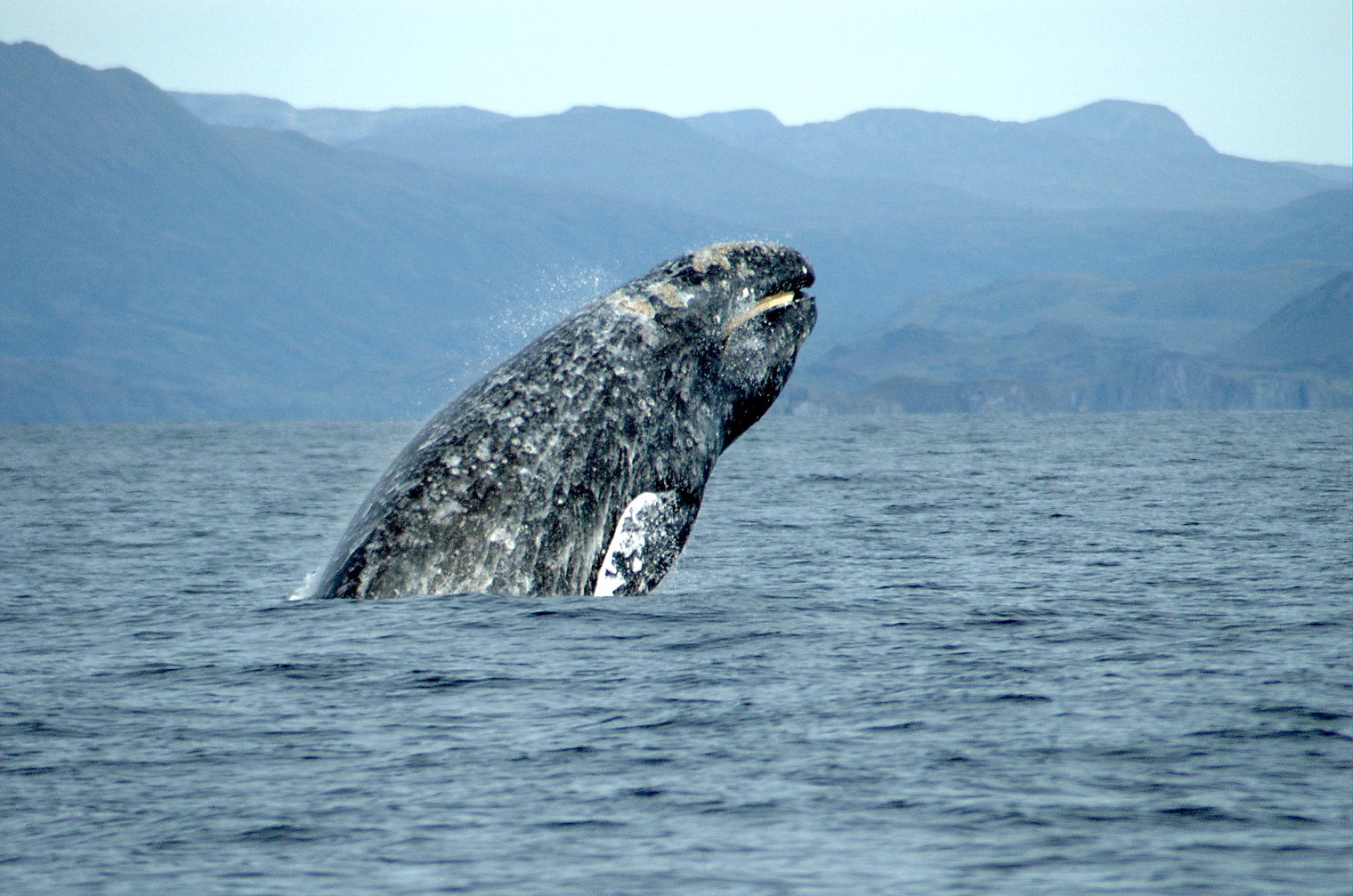
Gray whales are distinguished by their mottled gray coloration and heavy encrustation of barnacles, which gives them a unique spotted appearance. Their coastal migration routes make them one of the most commonly observed large whales along the Pacific coast.
Key Differences Between Humpback and Gray Whales
| Feature | Humpback Whale | Gray Whale |
|---|---|---|
| Size | 52 feet (16m) | 45 feet (14m) |
| Weight | 40 tons | 35 tons |
| Feeding Style | Bubble-net feeding, lunge feeding | Bottom feeding |
| Migration Distance | Up to 5,000 miles | Up to 12,000 miles |
| Distinctive Features | Long pectoral fins, tubercles on head | Mottled gray color, heavy barnacle coverage |
| Primary Diet | Krill, small fish | Bottom-dwelling invertebrates |
Habitat and Distribution
Humpback whales are found in all major oceans, making seasonal migrations between feeding and breeding grounds. They typically feed in polar waters during summer months and migrate to tropical or subtropical waters to breed and give birth in winter.
Gray whales, however, are primarily found in the North Pacific Ocean, with the Eastern Pacific population making one of the longest known migrations of any mammal, traveling up to 12,000 miles (19,312 km) round trip between their Arctic feeding grounds and Mexican breeding lagoons.
Feeding Behaviors and Diet
Humpback Whale Feeding
- Use bubble-net feeding technique
- Feed primarily on krill and small fish
- Work cooperatively in groups
- Surface feeding specialists
Gray Whale Feeding
- Bottom feeders who filter sediment
- Primarily eat amphipods and tube worms
- Solo feeders
- Leave characteristic feeding pits in sea floor
Conservation Status and Threats
Both species have faced significant challenges from commercial whaling but have shown different recovery patterns. Humpback whales have made a remarkable recovery and are now listed as “Least Concern” by the IUCN. Gray whales, while also recovering, face ongoing challenges from climate change impacts on their Arctic feeding grounds.
Who Would Win in a Confrontation?
While direct confrontations between these species are rare, a Humpback whale would likely have the advantage in any theoretical encounter due to their:
- Greater size and weight
- More aggressive defensive behaviors
- Longer pectoral fins for maneuverability
- More complex social behaviors and group protection
However, both species are typically non-aggressive toward each other and rarely interact in the wild.
Behavioral Differences
Humpback whales are known for their complex social behaviors, including:
- Elaborate courtship displays
- Complex vocalizations and songs
- Cooperative feeding strategies
- Surface activity and breaching
Gray whales exhibit different social patterns:
- More solitary nature
- Simple vocalizations
- Individual feeding strategies
- Less frequent surface displays
Understanding these differences between Humpback Whale vs Gray Whale species helps appreciate their unique adaptations and roles in marine ecosystems. While both are baleen whales, their distinct feeding strategies, migration patterns, and behavioral characteristics make them fascinating subjects for continued research and conservation efforts.
